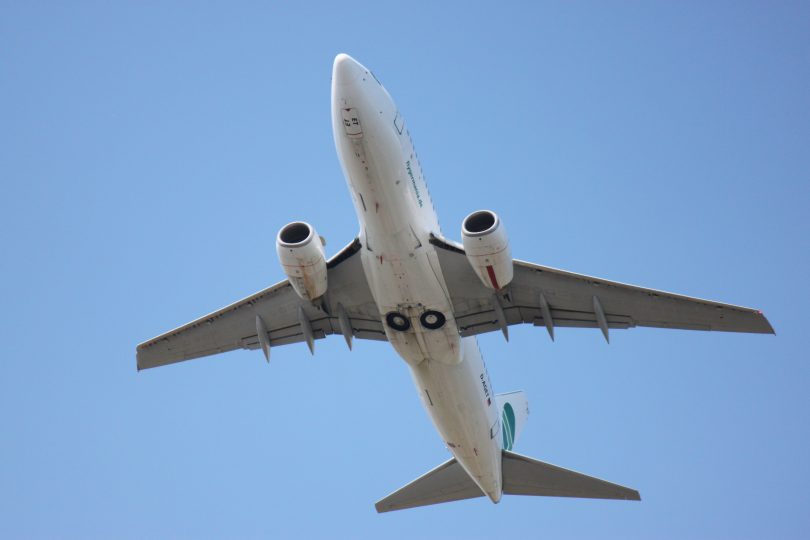One of the world’s fastest growing industries is tourism and with that comes a roaring aviation sector that is carrying more passengers than ever.
According to the President of the Civil Aviation Training Solutions (CAE), Nick Leontidis, the aviation industry has experienced a recorded eight straight years of steady and above trend growth.
In Australia and a few other countries, however, there are worries that there might be a shortage of pilots.
Passenger air traffic has increased significantly both nationally and internationally and it is expected to double the size of the commercial aviation industry in the next twenty years. Boeing’s ‘Commercial Market Outlook for 2018 through to 2037’ has forecast robust economic growths, with many regions of the world experiencing increased air traffic flow.
From the 1970s, the global passenger growth is evident, with both the East Asia and Pacific Region and the North America Region dominating air traffic flow.
To meet the demand in global passenger numbers, with the International Air Transport Association (IATA) forecasting a 4.2% annual passenger growth and a market of 4.8 billion air passengers by 2027, airlines have placed orders for additional commercial aircrafts to service the increase.
The United States of America, being the world’s largest air travel market, has dominated Boeing order placements, with 2,216 orders submitted between 2010 and 2017.
Although America has ordered the most aircrafts in the hope to service the growing demand, its active pilot numbers have declined, with the amount of commercial pilots decreasing by 21.31% since 2008.
Several factors have contributed to this decline. This includes stringent union rules, changes in hours needed to qualify for an Air Transport Pilot (ATP) Certificate, global growth markets in the Asia-Pacific regions luring pilots with lucrative salaries as well as retirement numbers.
This pilot crisis is also happening here in Australia. The number of pilots Australia produces is falling from roughly 1,700 pilot licences issued annually a decade ago to 1,200 last year. This has led to some in the industry claiming that airlines having to cancel flights and even entire routes because they do not have the pilots to fly them. According to the latest annual report (2018) from the Bureau of Infrastructure, Transport and Regional Economics, 10,808 domestic flights were cancelled last year – at a rate of 1.9 per cent, up from the long-term average of 1.4 percent.
Jetstar Crewing Officer, Robbie Lewinski, said although there are many factors that can contribute to cancellations, “the main factor [Jetstar] are seeing in the last six months is that of crewing”.
“There are a lack of pilots to fly our planes. Chinese airlines are paying a lot of money for people to move over. I know REX are cancelling a lot of flights due to the lack of pilots too,” Mr Lewinksi said.
Featured Image: Thomas Linke







